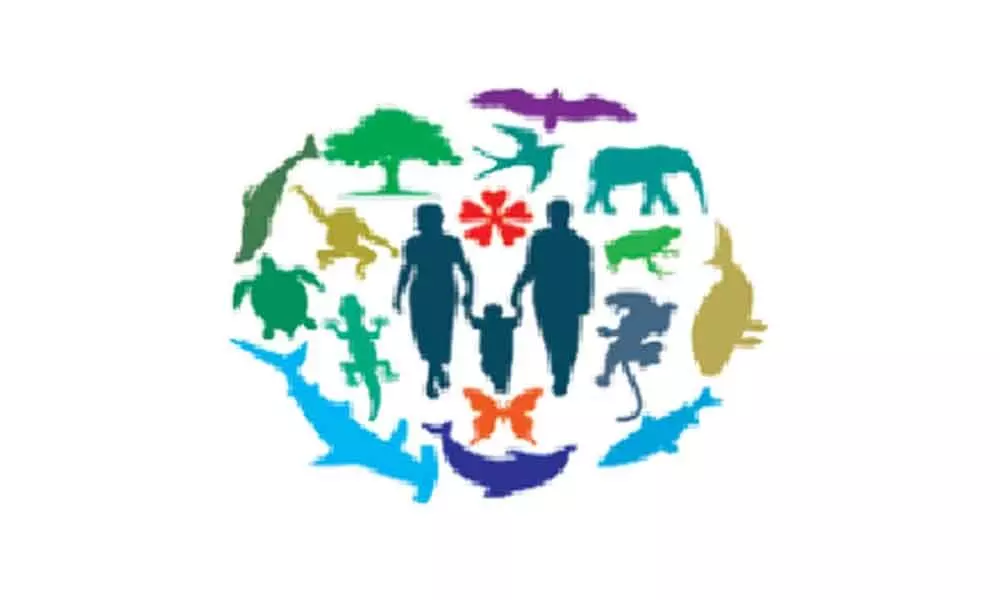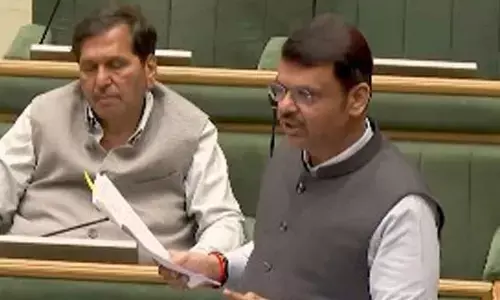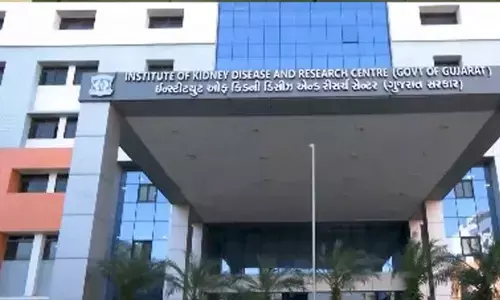If we care for the ecosystem, it will care for us

There is a park close by. Every day, it teaches me a lesson on how nature has creatively ensured a chain of dependence between all the living and non-living things that keep the park alive and bustling.
There is a park close by. Every day, it teaches me a lesson on how nature has creatively ensured a chain of dependence between all the living and non-living things that keep the park alive and bustling.
And I hasten to add, there is enough life - on the ground, below the earth and in the trees. If you are lucky, your shoulders will be caressed by hungry caterpillars and your walk can be interrupted by playful squirrels chasing one another.
Not forgetting earthworms, garden lizards, the early morning woodpeckers and robins. Lucky park visitors can also see koels, mynas, the rare parrot, monkeys and the dogs that time and again exercise their right to visit the park!
This park is actually more than just a place to sit, play and walk. If we possess the ability to observe, we could learn a lot from the park… a daily lesson that we all are bound together in the great circle of life.
But how do we ensure that this park's endearing dynamic unfolds for us? Get involved, immersed and most importantly observe the surroundings. Then a visit to the park actually grows into a daily lesson! And the circle of life starts becoming a relatable, living concept.
Allow me to explain. For this I will touch upon two spaces – a Hollywood film and the basic explanation of an ecosystem. The popular Lion King a Walt Disney film hit the screens in 1994.
An animated film - a story of a lion cub with some very strong characters and messages that resonate with both young and old even today. An endearing story and I borrow the explanation given by the father of the cub Mufasa to Simba, the cub on the concept of dependence and how everything is interconnected - "when we die, our bodies become the grass, and the antelope eat the grass, and so we are all connected in the great circle of life". Simply put, the lion cub was told why the balance was to be retained and respected.
Next, let us turn to the bio- diverse world around us, where ecosystems abound. You would know that an 'ecosystem includes all of the living things (plants, animals, and organisms) in a given area that interact with each other, as well as the non-living environments (weather, earth, sun, soil, climate, atmosphere) that surround the living things.'
The park close by has a thriving ecosystem too. It has tall trees, shrubs, bushy plants, fruit bearing trees, nuts in abundance, neem, gulmohars and more keep each other company.
Squirrels, garden lizards, grasshoppers, butterflies, koels, robins, woodpeckers, pigeons, cats and ants of different varieties make the park a busy eco-neighborhood. And the inhabitants below the earth – aplenty.
Earthworms and worms of many types, not forgetting the earth nurturing bacteria and the mushrooms that spring to life after a few rains. This park and its rich ecosystem become visible only if we can observe, connect and feel for them.
Plants, insects, animals and bacteria all seem to be playing a role in this principle called the circle of life. Even if one of them goes missing or becomes extinct, then the park's life-support system goes awry. Really?
The answer is yes. And to be one with supporting the survival of ecosystems, we need to first inculcate the ability to observe, understand that we are also a dependent being within the ecosystem.
And for all of us to survive and life to be sustained, we need to look after each other. From the earthworm to the squirrel to the woodpecker and us – we are all bound by the great circle of life. Take the first step to discover it – observe … Many a lesson will unfold in front of you.














